The Customs Station at Barrenjoey was a local landmark for more than 100 years
For 60 years the Coast Waiter and his crew stood guard at Barrenjoey Head to prevent smuggling and to keep watch over all the shipping entering or leaving Broken Bay
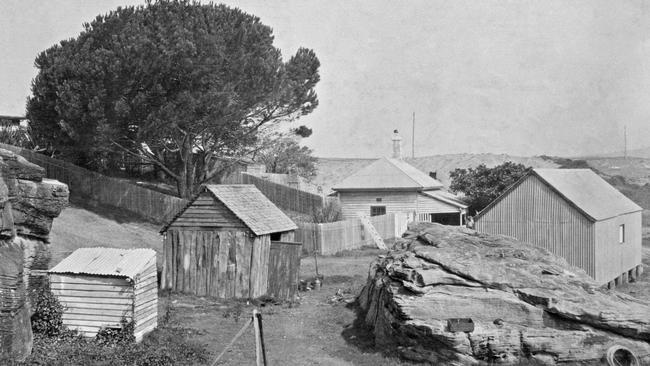
Manly
Don't miss out on the headlines from Manly. Followed categories will be added to My News.
In the early years of Sydney, Pittwater was a wild and lawless place, its isolation from the settlement lending itself perfectly to the role as a haven for escaped convicts and outcasts.
Shelter could be found in any of the numerous inlets of Pittwater, beyond the reach of the law but within striking distance of commercial gain.
Convicts escaping by boat could harbour unseen within Pittwater, attacks could be made on the growing number of coastal vessels trading between Sydney and farms along the Hawkesbury River and the deeply-indented terrain could hide illegal distilling and smuggling operations.
At first the authorities could only respond to this lawlessness in a piecemeal manner, ordering coastal vessels to sail in convoy to discourage piracy and sending officers out only when a crime was serious or there was a chance the offenders could be caught.
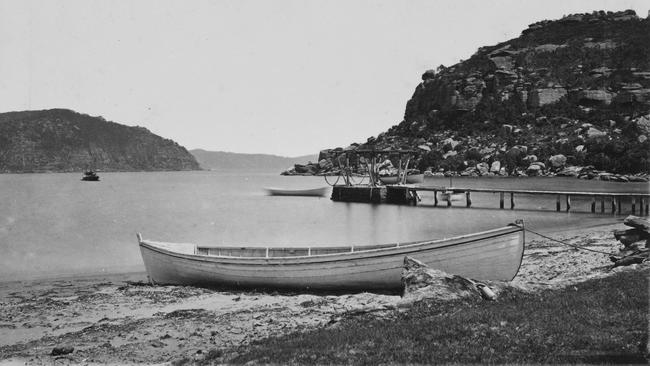
As well, many of the early settlers on the northern beaches had a criminal past, so there was a certain ambivalence about Pittwater’s lawlessness.
Even when local constables were appointed, they had to live among their neighbours, so duty sometimes ran second to neighbourliness, especially when the crimes involved nothing more serious than making or smuggling alcohol.
In 1807, Governor William Bligh ordered the American ship Jenny out of Port Jackson because it was carrying 120 gallons of spirit and Bligh didn’t want offices of the NSW Corps – the so-called Rum Corps – to get their hands on it.
The Jenny sailed for Pittwater and offloaded its cargo there.
As early as 1831, it was proposed that a customs station be located in Broken Bay to prevent smuggling but nothing came of it, although a similar proposal for a station at Botany Bay was acted upon.
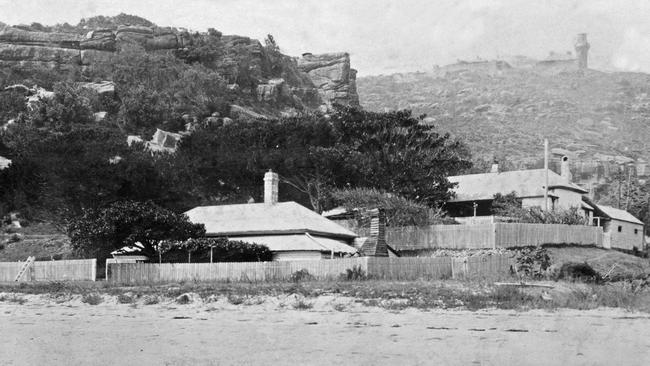
But in 1842, the authorities were shaken out of their complacency when a ship called the Fair Barbadian set sail from Sydney with a cargo of mum and brandy.
Because the spirits were being transshipped through Sydney en route for the Indonesian island of Lombok, they attracted no customs duties.
But the Fair Barbadian only sailed as far north as Broken Bay, where nearly 200 barrels of rum and brandy were unloaded at Jerusalem Bay.
Although most of the spirits were recovered and the wrongdoers punished, the incident provided the impetus that was needed to establish a customs station at Broken Bay to be authorised later that year.
In February 1843, Coast Waiter John Howard, a coxswain and five convicts were sent to establish a customs station in the lee of Barrenjoey Head with instructions to build a path to the top of the headland, raise a flagstaff, find their own water and build their own accommodation and facilities.
At times, Howard had to pay for materials from his own pocket, to be reimbursed later, while provisions had to be brought from Gosford.
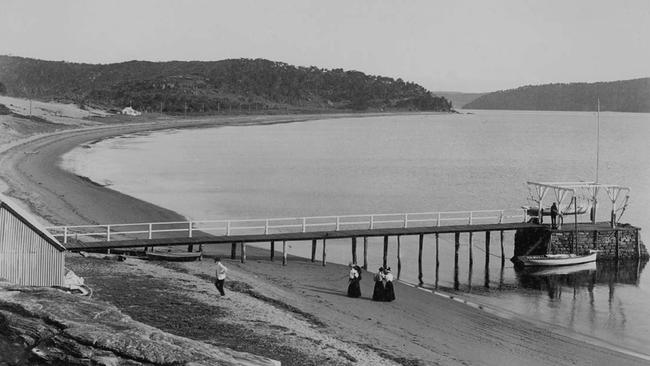
Indeed, much of the correspondence from Howard and his successors to the authorities cast the former as perpetual mendicants, forever seeking the most basic of supplies, complaining that those that arrived were sometimes inferior and that some never arrived at all.
By late 1844, the customs station was costing the colonial government £364 a year – £175 a year for the Coast Waiter, £36 for four boatmen, £88 for food and clothing, £50 for a lodging allowance for the Coast Waiter and £15 for incidental expenses.
Due to the presence of the custom station, the beach on the western side of the Palm Beach peninsula came to be called Station Beach.
But the presence of the customs station had an almost immediate result.
In 1845, Howard received information from a local Aborigine that an illegal still could be found at McCarrs Creek.
Only part of the distilling operation was found and destroyed, and only a few people charged, but it had the effect of frightening off all but a few isolated cases of illegal distilling from that time on.
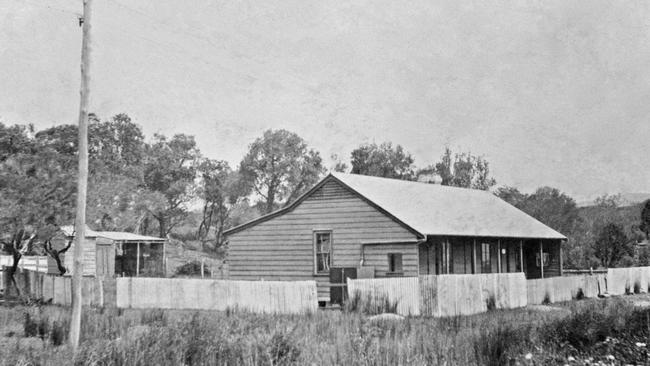
But there were other duties the Coast Waiter had to perform, including inspecting boats in Broken Bay, Brisbane Water and Pittwater, inspecting and maintaining navigation markers and keeping watch over all the coastal and river traffic from atop Barrenjoey Head.
In October 1845, Howard was promoted and he was replaced as Coast Waiter by James Collier.
Richard Williams became the third Coast Waiter in August 1850, followed by Alexander Ross in January 1854 and Albert Black in October 1868.
Albert Black died in August 1890 and the new – and final – Coast Waiter was Captain William Champion.
The customs station continued to operate until 1903, during which time six men acted as Customs master, officially known as the assisted by numerous assistants, along with many of their families.
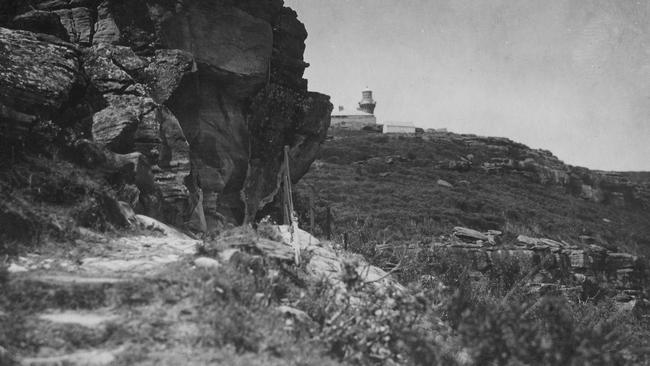
The first buildings built by Howard in 1843 were crude and simple and by 1861 had become so decrepit that they were demolished and replaced in 1862 at a cost of nearly £600.
The architect of the new cottages and boatsheds was James Barnet, who later designed Barrenjoey Lighthouse.
Over the years, the duties of the Coast Waiter expanded beyond the detection of illegal distilling and smuggling.
The Coast Waiters of the day were also designated telegraph station-master in 1870, both postmaster and port officer for the newly-declared Port of Broken Bay in 1871 and even assistant fishing inspector in 1883.
From 1872 to 1876, a provisional school also operated at the customs station for children of the area.
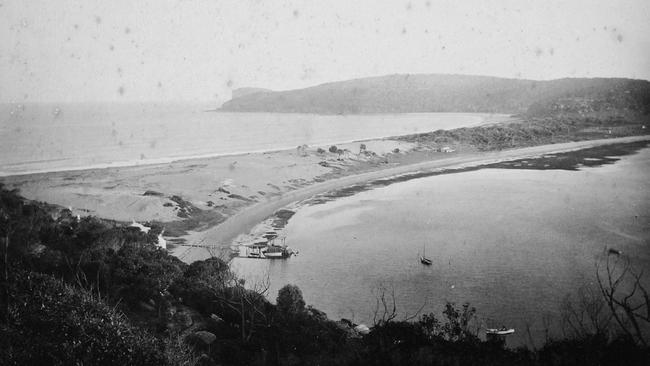
After the station closed at the end of 1903, the buildings were left standing but their condition declined over the years, although the Department of the Interior sometimes let the main building to holidaymakers.
But in October 1976, the Coast Waiter’s residence was destroyed by fire, allegedly set by vandals.
At the request of local residents, the hand-hewn sandstone blocks comprising the foundations and chimneys were removed by Warringah Council to its Mona Vale depot for safekeeping.
The stone blocks were still in the depot in 1981 but in 1976 locals discovered that the council had used them for kerbing and guttering, scattering those links with the past to all corners of the shire.
All that remains of the customs station today are the boatman’s cottage and a boatshed.
In 1986, the Friends of Palm Beach applied to the NSW Bicentennial Council for funding to rebuild the Coast Waiter’s residence in time for the Bicentennial in January 1988, saying the group had access to the plans for the residence and knew where the foundations were.
Unfortunately nothing came of the group’s application.
